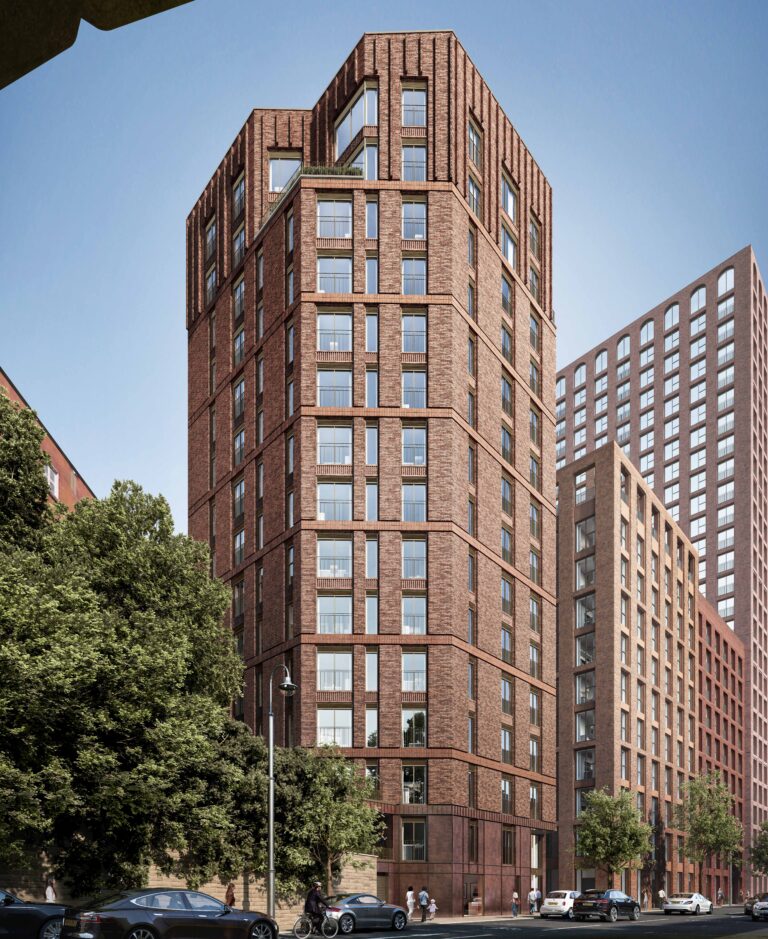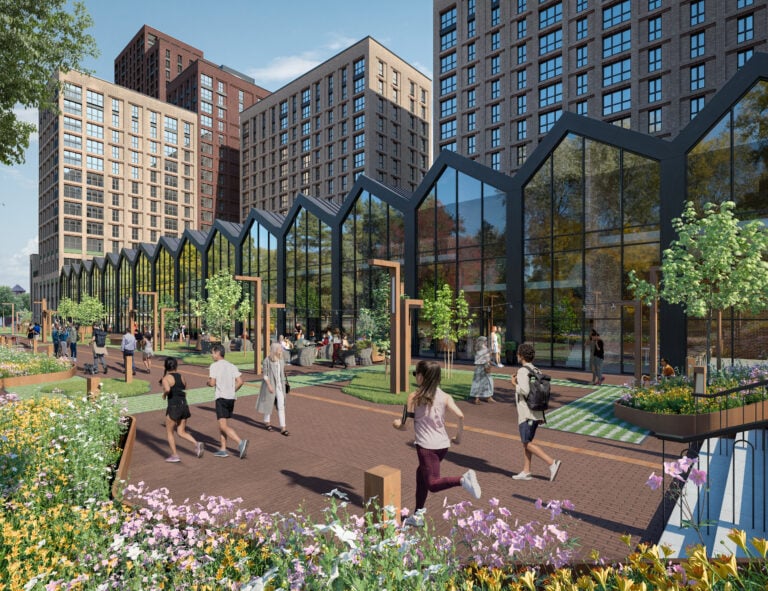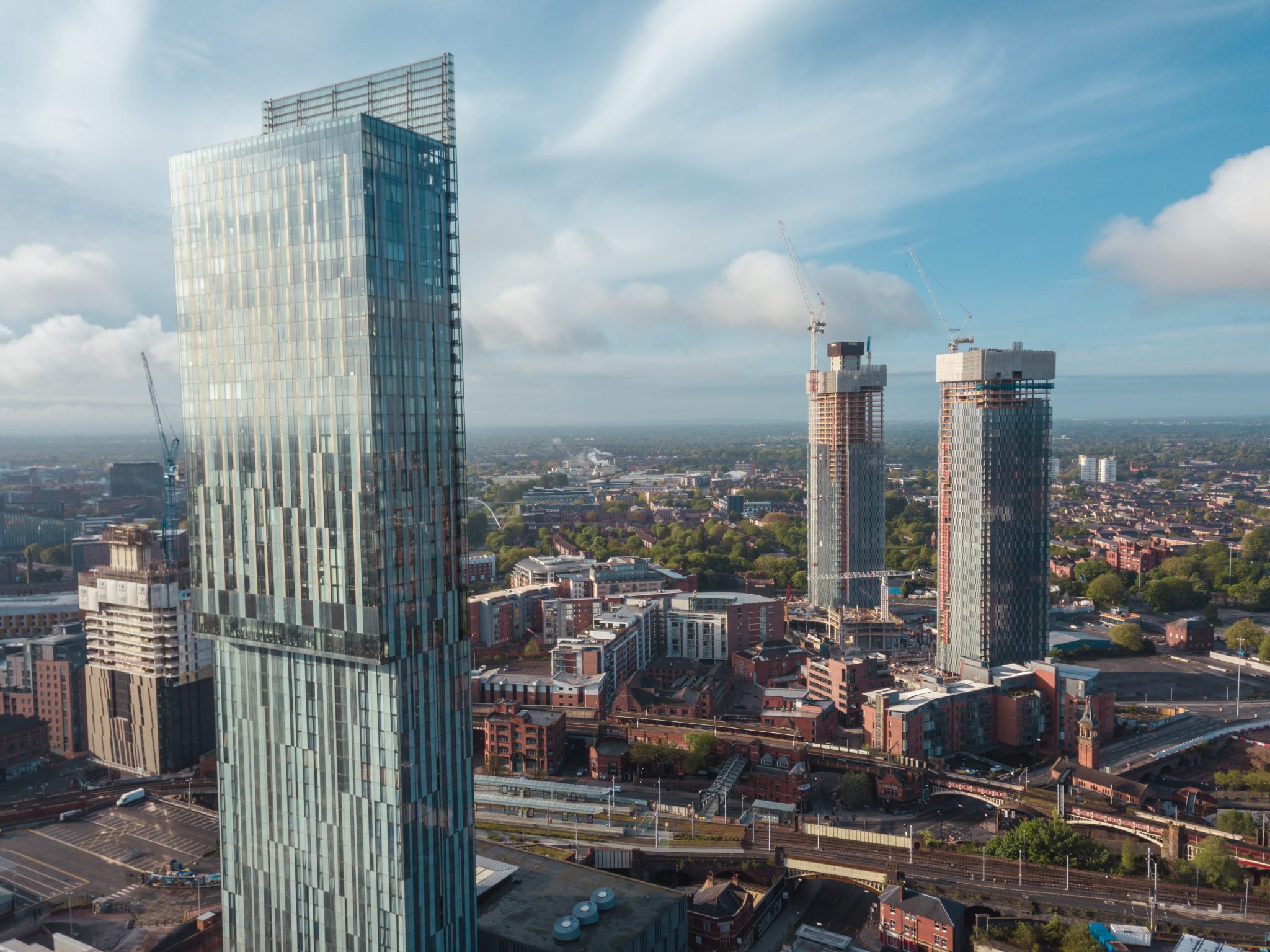We’re almost at the halfway point of 2025 and the first six months haven’t necessarily followed expected trends in the housing market. What’s the outlook among buy-to-let landlords?
A new survey has revealed an attitude of ‘adapt and thrive’ among today’s buy-to-let landlords, with an overall confidence that the market will continue to deliver and keep their businesses strong.
The highest proportion (41%) of buy-to-let investors in Lendlord’s UK Landlord Sentiment Survey for the first half of the year described themselves as “somewhat confident” in the UK property market over the coming year, with 59.6% saying they expected house prices to increase slightly in their area over the next 12 months.
With property investors tending to choose more strategic locations to achieve the highest yields and capital appreciation, this positive outlook on prices makes sense. Increasingly, buyers are seeking properties in the North of England, where prices have been seeing the biggest rises, and are expected to continue to do so.
Buy-to-let investment strategy
Looking deeper at how landlords are prioritising portfolio strategy in today’s market, Lendlord found that the most popular primary investment strategy was ‘buy and hold’ – which involves owning and renting a property out over the long-term in order to maximise returns. More than a third (38.7%) of respondents said this was their preferred mode of investment.
In the UK, and particularly in the North of England, the house price outlook is for continued growth over the coming years. This makes holding onto a property for as long as possible a good way of potentially making the greatest gains.
Knight Frank, for example, predicts that house prices could rise by around 3.5% by the end of 2025, while Savills expects values to have risen by 4% by the end of the year.
The second most popular buy-to-let strategy is referred to by Lendlord as BRRR – buy, refurbish, refinance, rent. This involves buying a property to renovate and potentially add value, before letting it to tenants to bring in a monthly income.
Portfolio boost
According to Lendlord, 70% of buy-to-let landlords intend to acquire more properties over the next 12 months, demonstrating that investors plan to act on the current market conditions ahead of potential future price rises.
However, 41.9% said they were “more cautious” in their plans than they were six months ago. A similar number (40.9%) said there was no change in their investment plan.
Most portfolios are performing at either ‘good’ (38.2%) or ‘average’ (39.3%) levels, while 27% of respondents said they were not facing any particular challenges at the moment.
But with a regulatory shift on the horizon in the form of the Renters’ Rights Bill, which could come into effect as early as this year, there is a feeling of ‘cautious optimism’ among some landlords, with 43.8% saying they were ‘somewhat concerned’ about the upcoming changes. A quarter, though, said they were ‘neutral’ about the reform, although just less than a quarter said they were ‘very concerned’.
Supporting the buy-to-let outlook is a higher level of confidence in the mortgage market, with 42.3% of buy-to-let landlords saying they were ‘somewhat confident’ about securing favourable mortgage products.
This is likely to enable more investors to boost their portfolios – particularly in light of recent news that buy-to-let mortgage products are now at a record high.
“Clear-eyed and pragmatic”
Commenting on the survey’s findings, Aviram Shahar, co-founder and CEO of Lendlord said: “Despite the headlines, landlords are not retreating from the market – they’re adapting. The sentiment is cautious, yes, but it’s also clear-eyed and pragmatic.
“Landlords are still finding ways to invest, recycle capital and manage their portfolios efficiently. What they need is support in making confident decisions, whether that’s running the numbers on a refurbishment or understanding how regulation might affect them.
“Our aim at Lendlord is to provide that clarity, through better insights, better tools and better finance options.”










